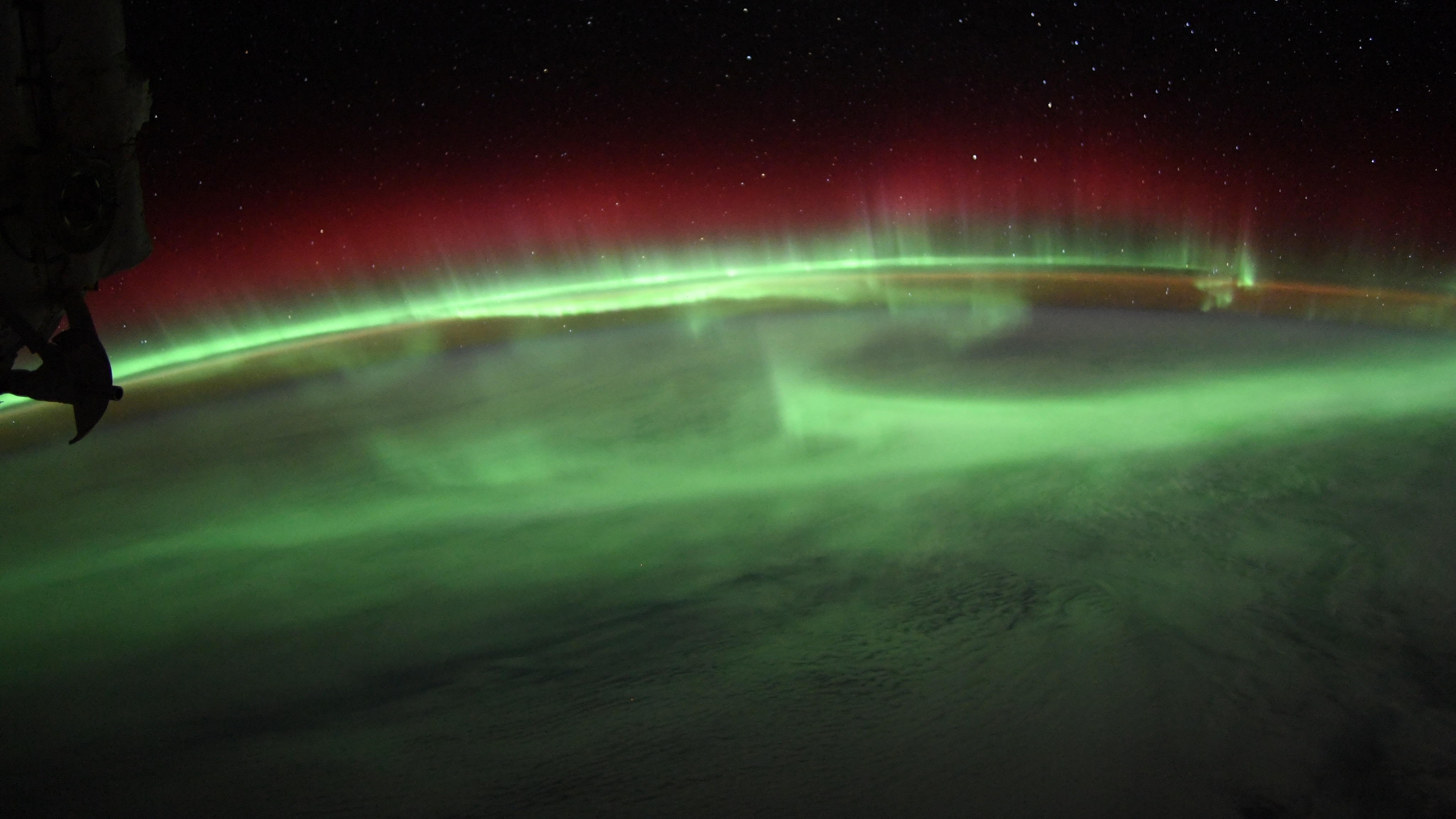
Celestial Symphony: Aurora Borealis Captivates From The International Space Station
A Kaleidoscope of Cosmic Wonders:
The International Space Station (ISS) has gifted us with an awe-inspiring spectacle, capturing the mesmerizing dance of the aurora borealis from its vantage point in the cosmos. This celestial symphony is a testament to nature's artistry, leaving viewers spellbound by its ethereal beauty and scientific wonder.
The aurora borealis, also known as the northern lights, is a natural light display in the Earth's sky, predominantly visible at high latitude regions. Its origins lie in the interaction between charged particles from the sun's solar wind with the Earth's magnetic field. As these particles enter the atmosphere, they collide with gas molecules, releasing energy in the form of light. The colors of the aurora vary depending on the type of gas molecules involved in the collision, with green and red being the most common hues.
The ISS has provided a unique platform for observing the aurora borealis due to its constant orbit around the Earth. Its position above the most populated areas of the planet, coupled with its high-quality imaging equipment, has allowed scientists and enthusiasts alike to witness this natural phenomenon from an unparalleled perspective.
Scientific Significance:
Beyond its aesthetic appeal, the aurora borealis holds immense scientific value. Studying this celestial display provides insights into the dynamics of the Earth's magnetic field, solar wind, and upper atmosphere. Scientists can use the observed colors, shapes, and movements of the aurora to track changes in the Earth's magnetic field, which serves as a protective shield against harmful solar radiation.
Moreover, the aurora borealis is a valuable tool for understanding space weather, which refers to the conditions in space that can affect Earth's technologies and infrastructure. By monitoring the aurora, scientists can anticipate and mitigate the impact of space weather events, such as geomagnetic storms that can disrupt power grids and communication networks.
Cultural and Aesthetic Importance:
The aurora borealis has captivated the human imagination for centuries, inspiring folklore, art, and music across various cultures. Its beauty and elusive nature have made it a symbol of mystery, wonder, and hope. From ancient myths to contemporary photography, the aurora borealis has left an enduring mark on human civilization.
In many indigenous cultures, the aurora borealis holds spiritual significance and is believed to represent the bridge between the physical and celestial realms. The Inuit people of the Arctic, for instance, view the aurora as the spirits of their ancestors dancing in the sky.
Technological Advancements:
The ability to observe the aurora borealis from the ISS is a testament to the advancements in space exploration and technology. The station's sophisticated cameras, telescopes, and other instruments have enabled scientists to capture stunning images and gather valuable data, leading to deeper understanding of this celestial phenomenon.
Moreover, the development of space tourism has made it possible for individuals to experience the aurora borealis firsthand from the unique vantage point of the ISS. While costly, this opportunity provides an unforgettable glimpse into the wonders of the cosmos.
Conclusion:
The aurora borealis observed from the International Space Station is a breathtaking spectacle that seamlessly blends scientific intrigue with artistic beauty. Its captivates viewers, fostering a sense of wonder and awe for the intricate workings of our universe.
By studying the aurora borealis, scientists gain valuable insights into the Earth's magnetic field, solar wind, and space weather. This knowledge is crucial for protecting our planet and technologies from potential threats. Additionally, the aurora's cultural and aesthetic significance has inspired creativity and fostered a deeper appreciation for the beauty of the natural world.
The ability to witness the aurora borealis from the ISS is a testament to the advancements in space exploration and technology. It represents a unique opportunity to connect with the wonders of the cosmos and deepen our understanding of the celestial tapestry that surrounds us.